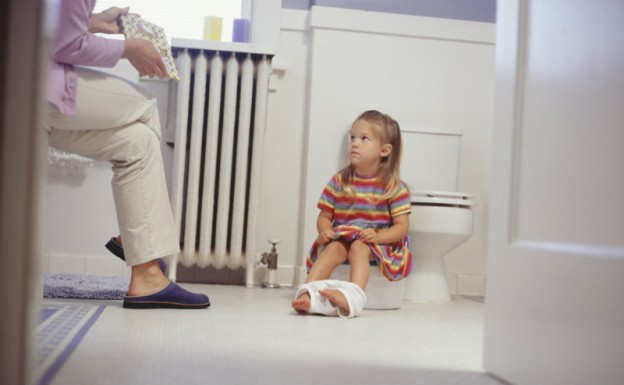
Parenting
6 Readiness Indicators for Toilet Training Young Children with Special Needs
Summer is the season when time seems to slow a little, when families “hang out” more, and take stock of their accomplishments and responsibilities to each other.
Across the globe, many people are currently involved in a time-honored summer ritual; toilet training young children for the coming school year. Society as a whole treats toilet trained children differently, and has different perceptions and expectations for them.


